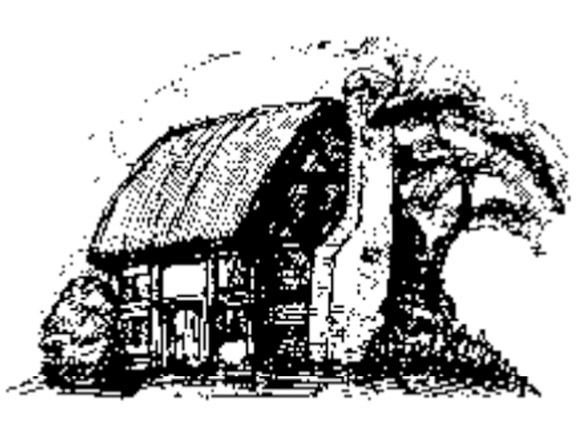Large areas of medieval England were covered with forests, so it is not surprising that until 400 years ago timber was the principal building material in Britain. Even in the Cotswolds and Derbyshire, where other materials such as stone were readily available, timber was preferred, for it was plentiful, cheap and easy to handle, with the added advantage that every woodland cleared provided additional land for cultivation.
The timber-framed buildings that survive today do not reflect the almost universal use of timber until about 1500. Although timber was the principal building material, it was not until the latter part of the 16th century that oak was used almost universally, for until that time ‘men were content to dwell in houses built of sallow, willow, plum tree, headbeam and elm’.
With oak being restricted to the construction of churches and other religious establishments, and to princes’ palaces, noblemen’s lodgings and ships, between 1550 and 1660 buildings of inferior timber were often rebuilt in oak, or in stone in those areas where it was available.






